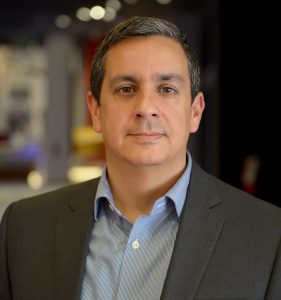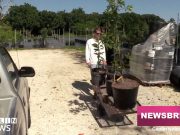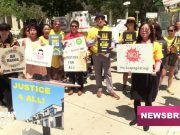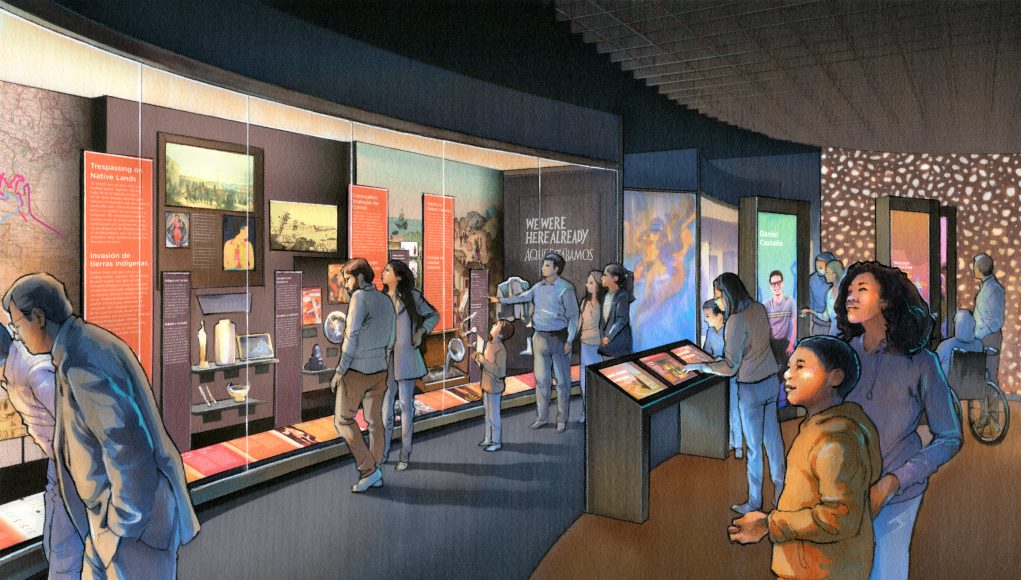A museum focusing on the nation’s fastest-growing ethnic group is a step closer with the announcement of its first-ever director, who also happens to be from the museum world in Miami.
Jorge Zamanillo, currently director of History Miam, will leave that position to take the helm of the Smithsonian’s National Museum of the American Latino (NMAL) on May 2.

“It’s an honor to be selected,” Zamanillo told SFMN. “I’m excited for the opportunity and for what this museum will represent. There will finally be a platform for museums across the country to have their stories being told.”
“His transformational leadership will be invaluable as we build this necessary museum from the ground up, helping us create a robust, dynamic, responsive museum that exemplifies what a 21st-century cultural institution should be,” the Smithsonian said in a statement.
Zamanillo said his love for museums and history stems from a “transformational and life-changing” experience when visiting the Smithsonian museums during his teenage years.
He said the experience prompted him to begin volunteering at museums and later study anthropology and archeology at Florida State University.
In 2000, he began working at HistoryMiami as a curator. During the past two decades he has toiled in many different departments.
NMAL interim director and Smithsonian Latino Center director Eduardo Díaz cited Zamanillo’s vast experience at HistoryMiami as the reason he was selected.
“Jorge has been in the business a long time, and he knows museums inside and out,” Díaz said. “He has worked in every position at his museum possible. He has raised money, managed collections, and been involved in all types of operations.”
Development underway
Diaz emphasized this is a significant step for the museum, which Congress established in December 2020.
Once Zamanillo comes on board, the museum will continue to hire more staff as they expand from their current 17-member staff.
“It is exciting to start hiring designers, architects, and visionaries to see what kind of stories will be told and what it will look like, building up towards the groundbreaking and finally the building’s opening,” he said.
The museum is projected to open in about 10-12 years. Currently, the museum is working on a site-selection process, hoping to find a location on the National Mall by the end of this year.
The Smithsonian Latino Center has so far raised over $12 million for the museum through private-sector donations and fundraising.
Congress agreed to cover 50 percent of the costs related to the museum’s construction and appropriated $20 million for the 2021 fiscal year.
Despite the obstacles ahead, Zamanillo is optimistic.
“It’s exciting to start from the ground up: the planning process, the research, and visiting many different communities across the United States, and working with the team from the [Smithsonian] Latino Center that have done incredible work for the past ten years or more.”
Formed in 1997, the Smithsonian Latino Center collaborates with the Smithsonian Institution to “increase and enhance Latino presence” at their museums by promoting exhibits, research and collections that “focus on the Latino experience.”
It was created following the 1994 Willful Neglect report, prepared for the Smithsonian and harshly criticized and outlined the institution’s exclusion of Latinos in their museums.
“This was a very seminal document that took stock of its willful neglect of the contributions the Hispanic community had been making in building this country and shaping national culture,” Díaz said.
As the National Museum of the American Latino continues development, the Latino Center will merge with the museum.
Looking back at the years of hard work invested in this project, Zamanillo believes it is a historic time. “This is why this project is important to me … We finally have an opportunity to provide Latino representation.”
“In ten years, you’ll see your stories told on the wall and walk around to see that these stories are part of the greater picture of American history.”

































